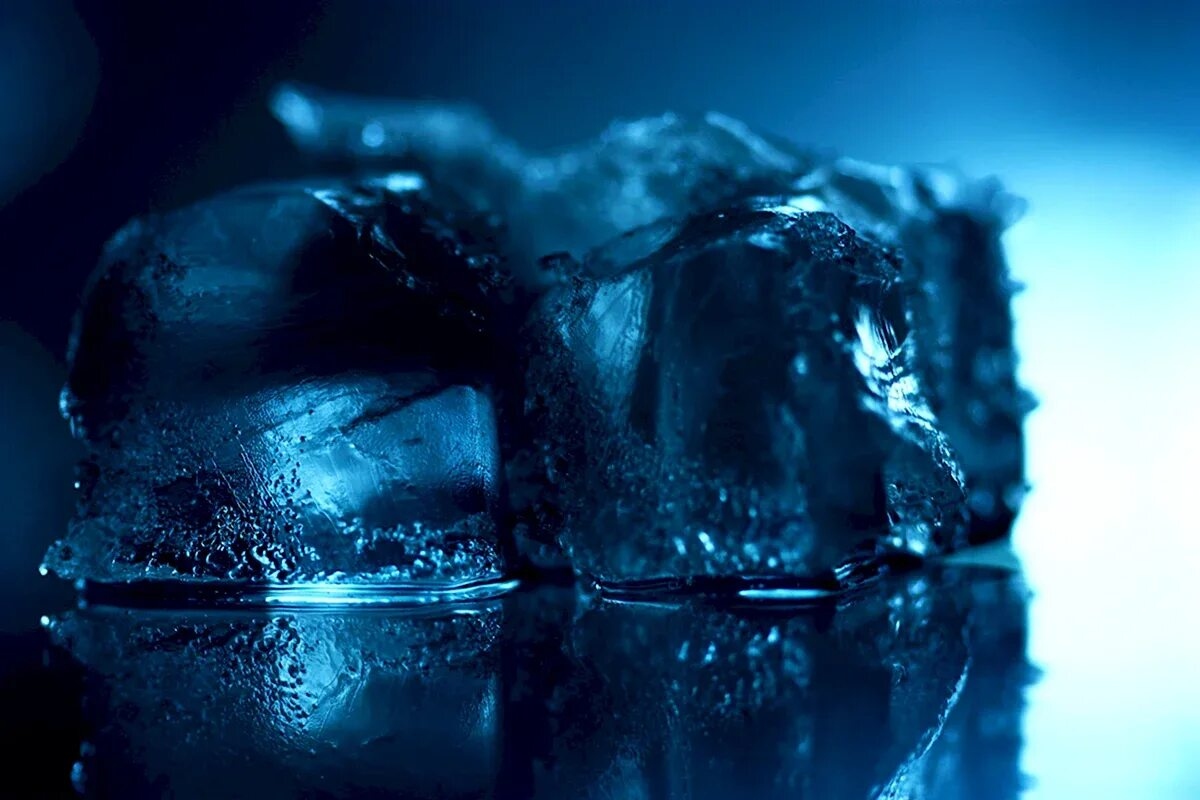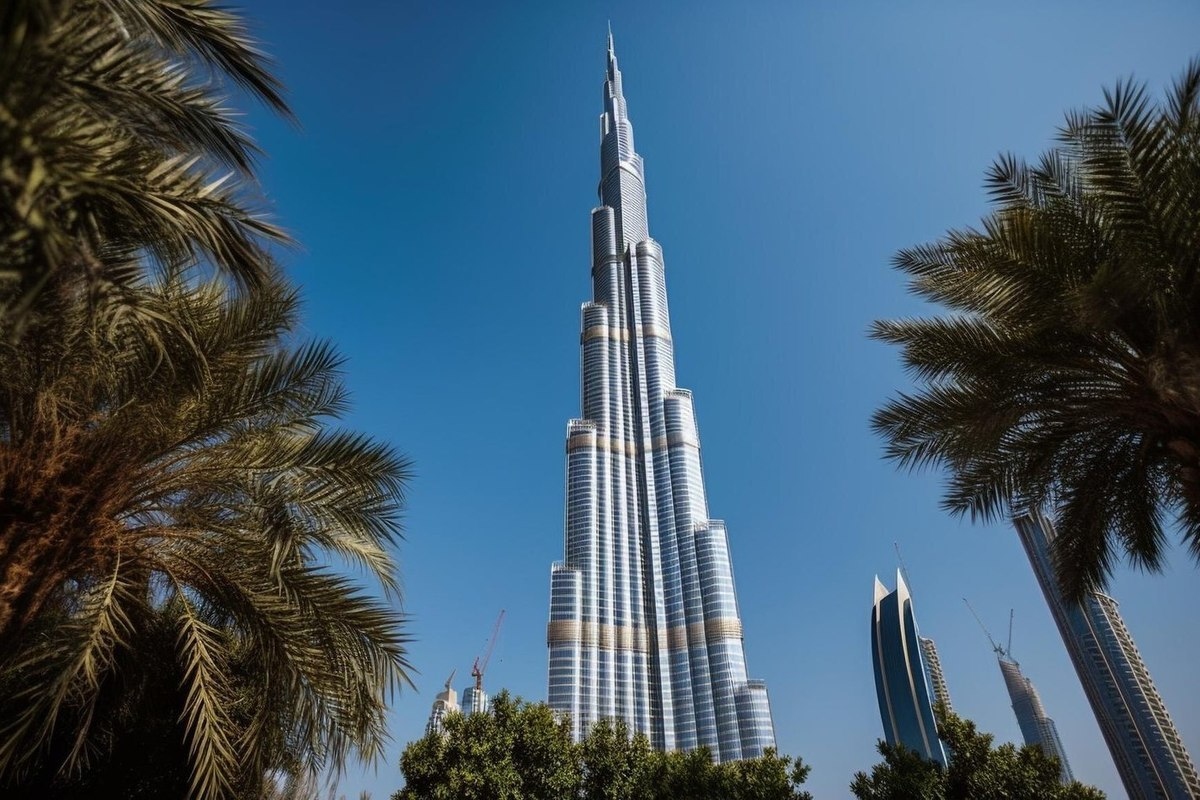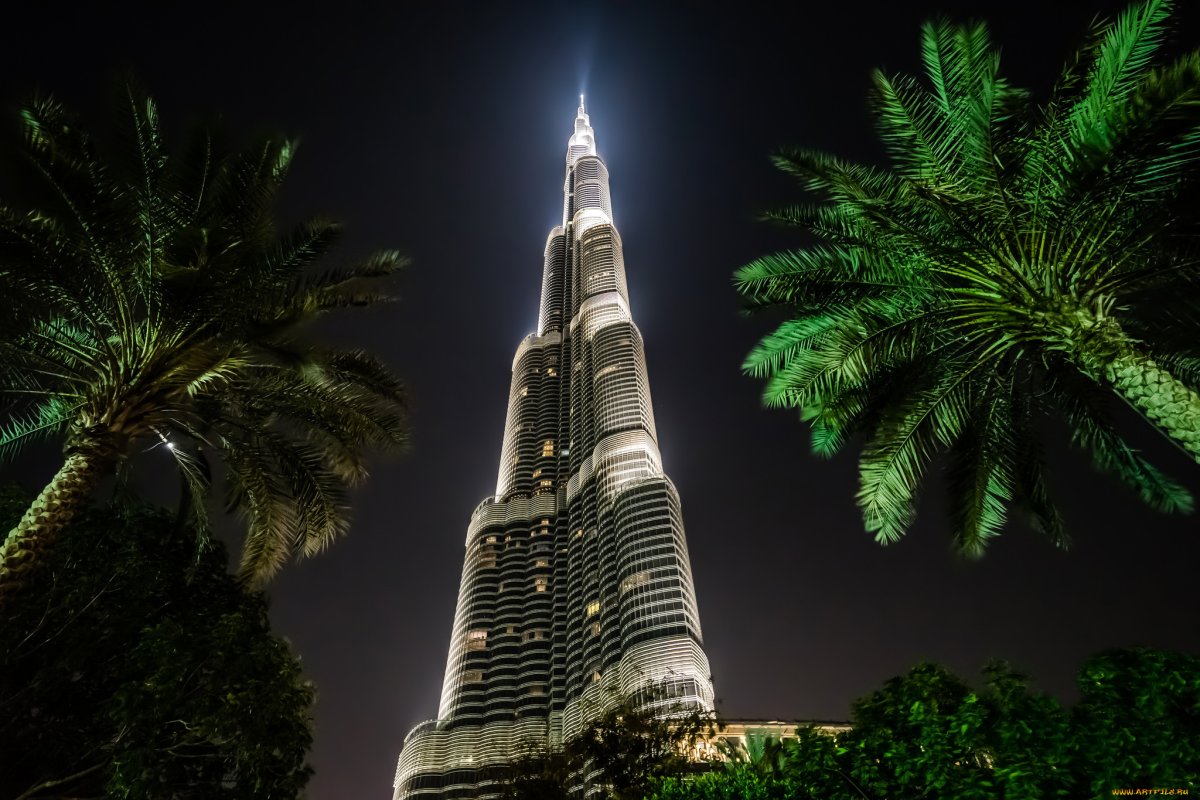A sophisticated cooling system combats the extreme heat of Dubai from the top of the world’s tallest building, standing at 828 metres. In the heart of the Arabian desert, where temperatures easily exceed 40°C, the world’s tallest building, the Burj Khalifa, not only defies gravity with its 828 metres, but also the extreme heat with one of the most sophisticated and innovative air conditioning systems on the planet. To maintain a comfortable internal temperature of 24°C, this skyscraper needs the equivalent of 13,000 tonnes of ice melting every day.
How the Burj Khalifa cools itself in the desert: liquid ice and wastewater
And while this may seem like enormous energy consumption, it is actually an efficient and sustainable feat of engineering. The air conditioning system in the Dubai skyscraper is powered by an external urban cooling plant, which also supplies luxury complexes such as the Dubai Mall. This plant pumps water cooled to just 3.3 °C through 75 cm diameter pipes to the basement of the building.

But where does this water come from? From artificial ice and treated wastewater, of course. Since the project was conceived in 2004 and subsequently inaugurated in 2010, the Burj Khalifa has been using a mechanism called a Thermal Storage System (TSS), which is based on a mixture called ice slurry, a combination of water and ice crystals produced at night when energy is cheaper. During the day, this “liquid ice” melts and cools the building, reducing electricity consumption by up to 40%.
In addition, to minimise the use of drinking water in a region where this resource is scarce, the system uses treated sewage effluent (TSE). This wastewater undergoes advanced purification processes before being used in the cooling circuit.
In this way, they also manage to produce water in the desert. Thanks to the condensation of humid air in contact with the system’s cold coils, the Burj Khalifa generates approximately 57 million litres of water per year. This pure water is not wasted: it is collected in an underground tank and used to irrigate the gardens surrounding the building, transforming a by-product into an environmentally friendly solution.
Technology that can predict situations

The SIT is managed by a Honeywell automation platform, which integrates thousands of sensors to monitor temperature, humidity and pressure in real time. Thanks to artificial intelligence, the system performs predictive maintenance, detecting faults before they occur, which has reduced repair hours by 40%.
On the other hand, the system also combats the so-called “chimney effect”, a phenomenon typical of skyscrapers, through a slightly positive internal pressure that prevents outside air from entering and reduces wind noise, ensuring unparalleled thermal and acoustic comfort.
The Burj Khalifa’s air conditioning not only cools the world’s tallest building, but also represents a futuristic and sustainable vision of how energy efficiency, innovation and respect for the environment can be combined even in the desert.

